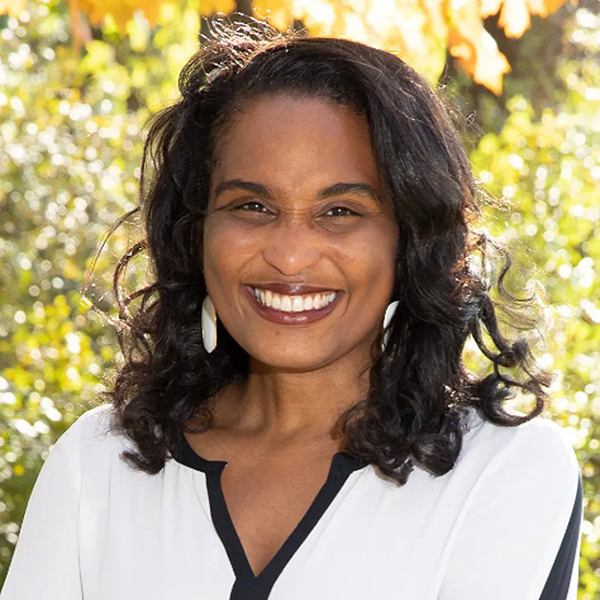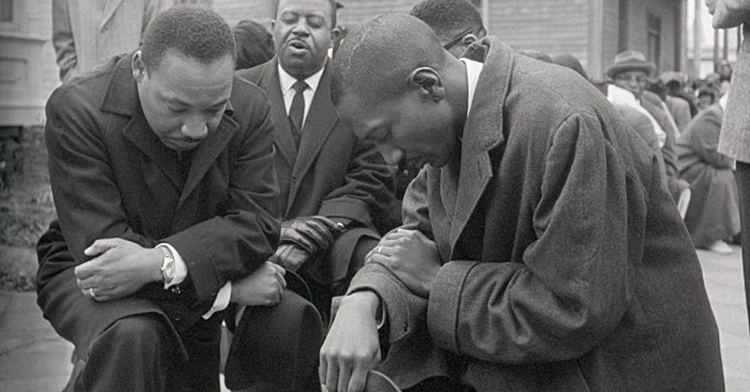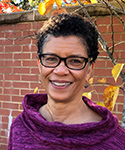“I just want to be happy.” The phrase is familiar enough. We hear it when we’re having a solemn conversation with a friend. We hear it when we’re dreaming about what mysteries life holds. We hear it when we’re arguing with someone we once thought we loved. But one place we don’t hear this phrase is in the recently published book, “Living Without Enemies: Being Present in the Midst of Violence,” by Sam Wells and Marcia Owen.
The book narrates the development of the Religious Coalition for a Nonviolent Durham (RCND), an organization that seeks an end to violence in Durham, N.C., neighborhoods. Through both successes and failures, they’ve learned that life isn’t always going to be happy. But the book doesn’t leave the reader with numbing statistics or emotional appeals. The authors leave us instead with one simple thought: “If it can’t be happy, make it beautiful.”
Ministry often starts with a mere inkling, a slight sense that something’s not right and that things could be different. Marcia Owen sensed something was not right in Durham while participating in an AIDS care team from her local church. No one wanted to visit a family because they lived in a dangerous neighborhood (and not without reason; gun violence was claiming the lives of 25 to 30 Durham residents a year), but Owen felt compelled. She kept thinking, “There are children in that neighborhood.” It was becoming “vividly apparent to Marcia that all of Durham was her community, not just those in her own neighborhood.”
Still how could anyone possibly make this better? Owen knew something different needed to happen. But knowing something must be done is not quite the same as knowing what should be done and how.
Enter Sam Wells. Through an unlikely friendship between a grass-roots activist and the chapel dean of a prestigious university, “Living Without Enemies” was born. The book connects academic theology with the practical work of the RCND and identifies different approaches for responding to violence: working for, working with, being for, and being with.
RCND has implemented aspects of all four of these models over the years. In its early days, it worked for the victims of gun violence by seeking to pass legislation that would restrict eligibility for gun ownership. It worked with the victims of gun violence by changing the ways local newspapers reported area homicides. And the RCND has known how to be for the victims of homicide through years of careful attention to the intellectual issues surrounding gun violence.
But the real heart of the RCND began to take shape in the moments when those methods failed and all that was left to do was be with those affected by gun violence. They created Reconciliation and Reentry Teams that offer support and community to persons newly released from prison. They started monthly lunchtime conversations during which people share a meal and resources. They began to hold prayer vigils at homicide locations. They overcame fear of people and places affected by violence and began to create spaces to grieve and begin to heal with them. RCND learned that people of faith are called to “be in the problem, to be with the problem -- to expect transformation and to expect to be transformed through that process” (64).
The being with model may be a tough sell in a world that reveres the skills of the professional. Frank Stasio, in a recent NPR “The State of Things” interview with Wells and Owen, says as much. Wells responds:
“I wouldn’t be promoting being with if I felt there was any danger that the whole world was going to be converted to the notion of being with. The whole society is structured -- the people we reward in society, the people with the big salaries -- those are all working for people. That’s the way our whole society is set up. But we’ve got some major issues in our society that actually working for doesn’t touch and possibly even makes worse. And those are really fundamentally issues of isolation. Being with is fundamentally about overcoming isolation.”
The being with model of ministry won’t fix a problem or make pain go away. It won’t cure a disease or bring back the victims of gun violence. It won’t bring happiness into a situation full of grief and suffering. But it can let us know that we are not alone, that the God-with-us never leaves us on our own. And that may not always be happy, but perhaps it can be beautiful.
Elyse Gustafson is a postulant for holy orders in the Diocese of Chicago and currently serves at St. Peter’s Episcopal Church in Arlington, V.A. She is a graduate of Duke Divinity School.






